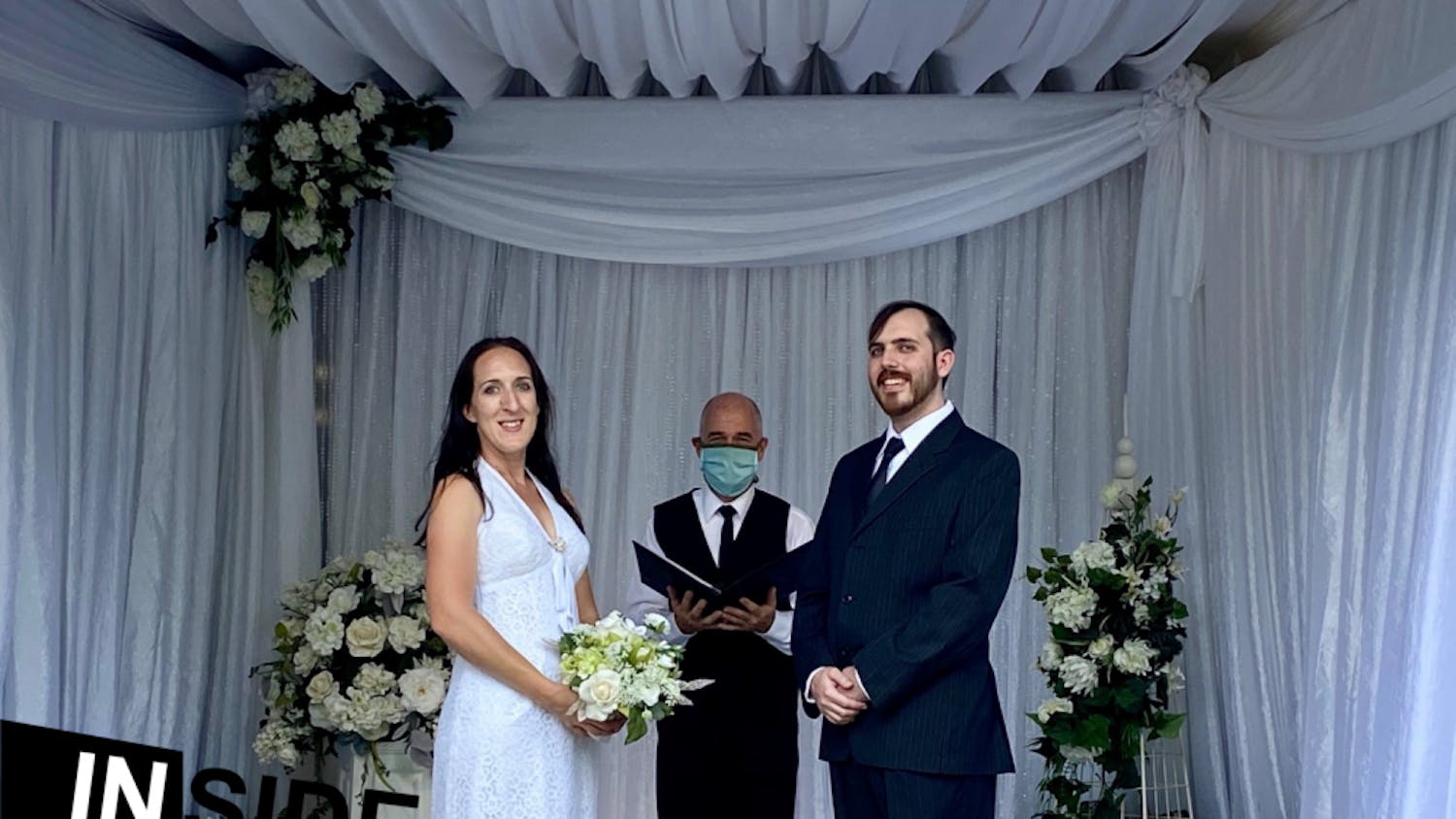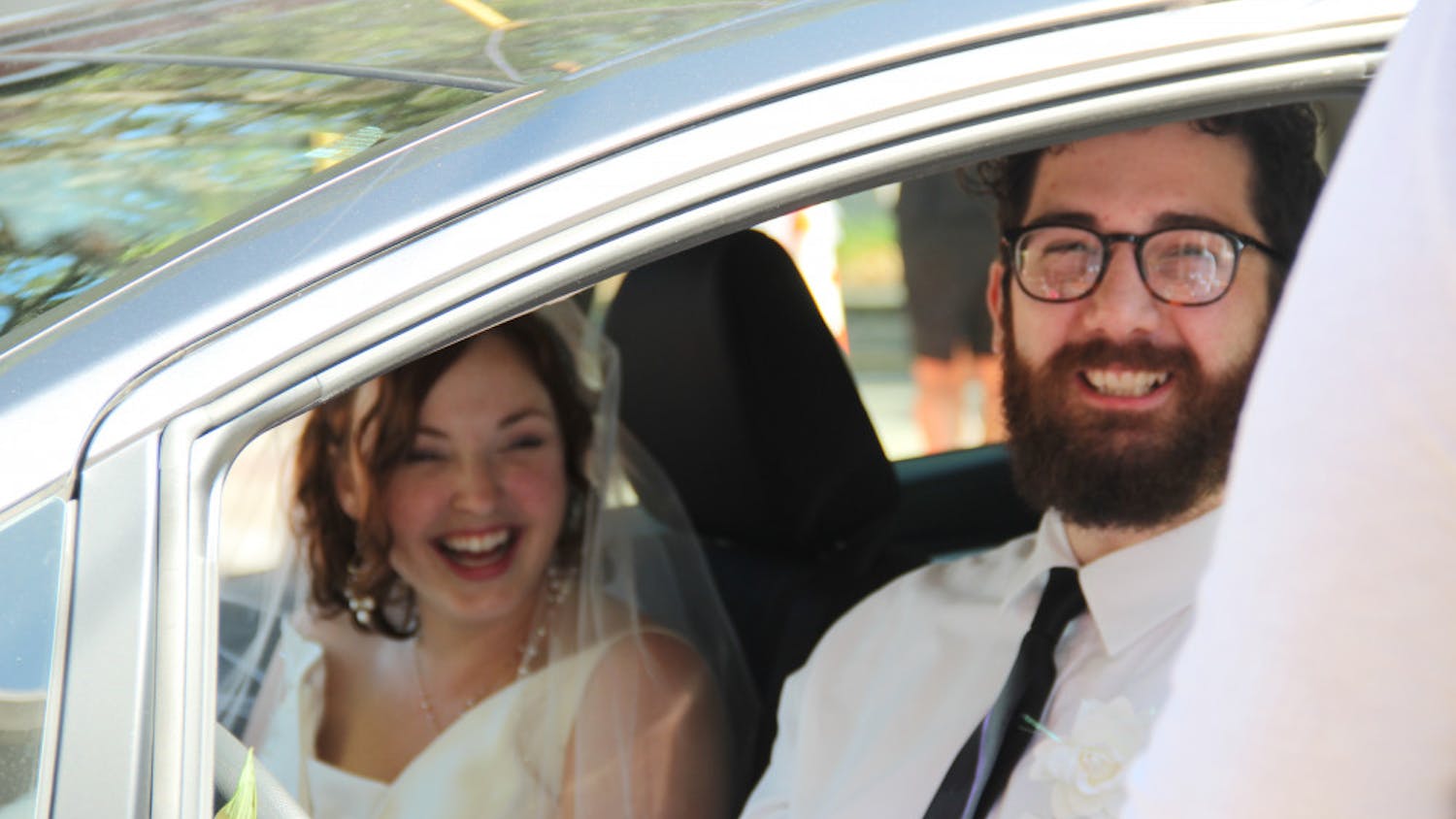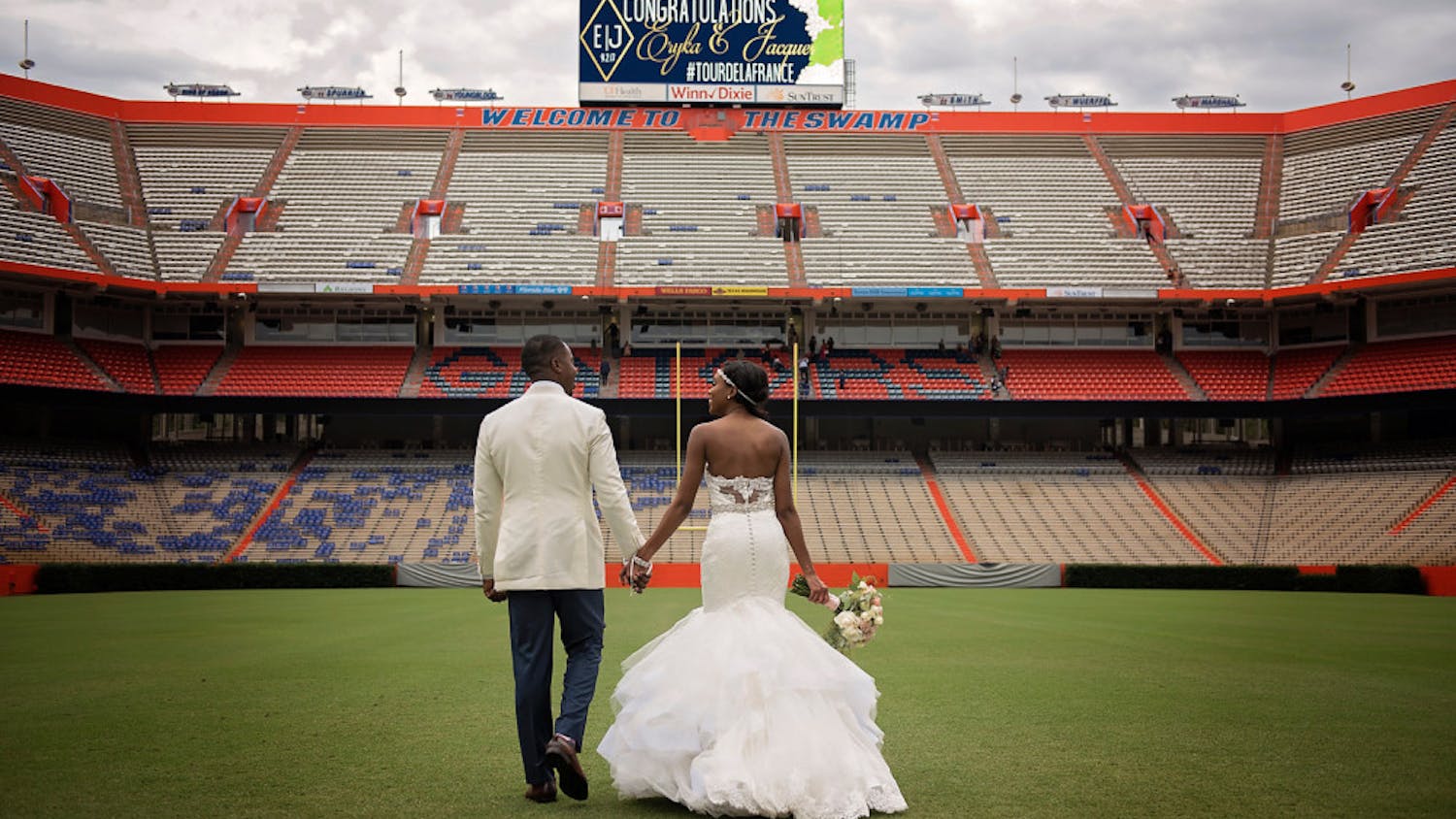Have you ever wondered what the Indian wedding hype is all about? Well I’m here to give you the all-access backstage pass to Indian wedding traditions.
India is a huge country with countless cultures and languages, so weddings vary depending on a family’s religion and origin. I’ll be giving you the inside scoop on Gujarati weddings, which showcase west-Indian culture.
Vidhi
A vidhi is a small ceremony held a few days before the wedding to bless and purify the bride and groom. Gujarati families are normally Hindu so their vidhis consist of religious rituals and ceremonies called puja. The bride and groom’s parents pray to gods to keep evil spirits away. The fun part about vidhis is getting to put turmeric paste on the bride (or groom) to purify him or her. This ritual is called the pithi and serves spiritual and cosmetic purposes. Along with blessing the bride, the mixture removes unnecessary toxins from the bride or groom’s skin so that she or he can look fresh and awake for the big day. I always have a blast putting the paste all over the bride’s face because she looks so funny afterwards.
Mehndi Night
Mehndi, or henna, is intricately applied on the bride’s arms and legs a couple days before the wedding. In ancient times, henna was used to alleviate bodily pain but now it is used for cosmetic purposes, especially for weddings. A mehndi artist applies henna in gorgeous patterns so that the bride looks even more stunning on her wedding day. Many times, a bride will get an Om sign or a drawing of a Hindu god applied on her hands to symbolize peace and happiness during her married life. Everyone dances and sings while the bride has mehndi applied.
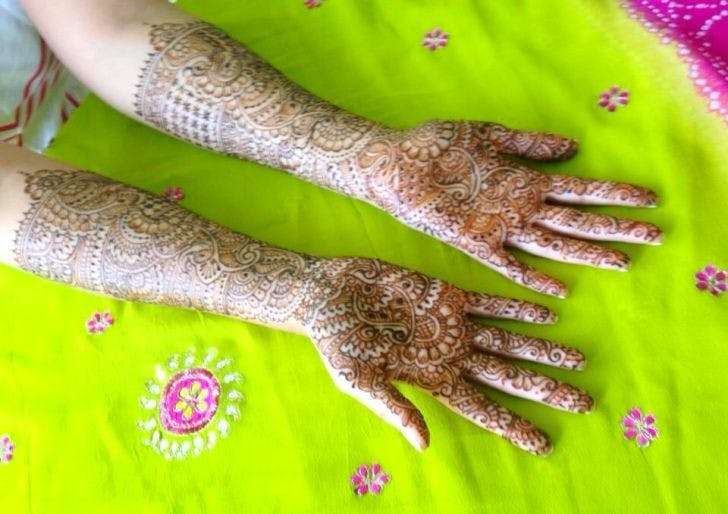
Raas-Garba
Garba is described as an energetic dance that lasts a couple of hours. This Gujarati dance is done solo and is comprised of rhythmic steps in a large circle of people also dancing simultaneously to the folk music. There is usually a statue of a Hindu god placed in the middle of the circle so everyone can pray to him or her for prosperity while celebrating the wedding festivities. Garba is usually followed by another dance called raas. Raas is done in pairs of people lined up with sticks called dandiya. During raas, there are two parallel lines of people facing inward so a person can hit their dandiya with their partner’s (the person in front of him or her) dandiya. After a few dance steps, the people alternate partners by moving to the right. Both garba and raas are done for mostly celebration purposes, along with communicating with the gods though energetic dances.
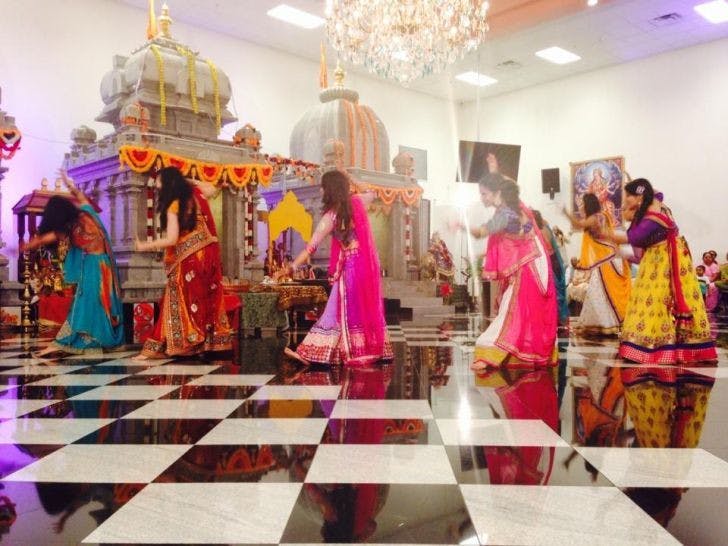
Wedding
On her wedding day, the bride wears a red and white sari and heavy jewelry. The groom, on the other hand, wears a red and white male outfit called a salwar kamiz. Right before the wedding, the groom’s family and guests celebrate the auspicious day by dancing and singing, while the bride’s family and friends welcome them into the wedding venue. The ceremony begins like most weddings with the bridesmaids entering the venue, followed by the bride. The processional takes the bridal party to the altar, where the groom waits. The altar/canopy is called a mandap, which is where the priest performs all the wedding ceremonies. Here, the bride and groom perform many rituals by placing symbolic items into a fire, which is lit to invite the god of fire to witness the sacred union. The priest recites Hindu verses while the couple places items such as herbs and grains into the fire, thus creating more energy for their lifelong journey together. The couple performs the saat phere, during which the bride and groom to walk around the fire seven times, each round representing a vow. The two are married after the groom puts a symbolic necklace called a mangal-sutra on his bride, and places a red powder called sindhoor on the middle hair part above her forehead, both acts signify a complete marriage.
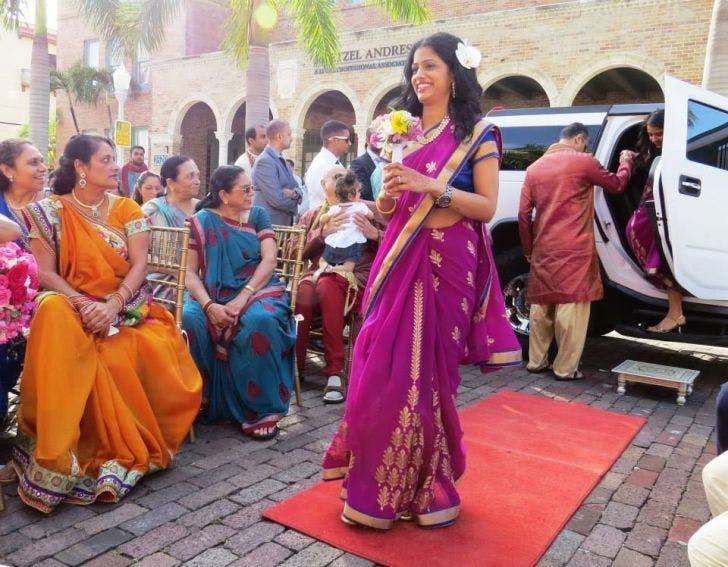
Reception
An Indian reception is very similar to an American reception, consisting of many speeches and performances. Delectable Indian dishes and desserts are served, followed by dancing.
What’s my favorite part? I love dressing up for each event and taking pictures with my friends. Of course, I, along with the other hundreds of people who attend these events, post wedding pictures on Facebook and Instagram, which end up on your news feed. At least a week after an Indian wedding, social media sites are filled with exotic and colorful pictures of people, food, and decorations.
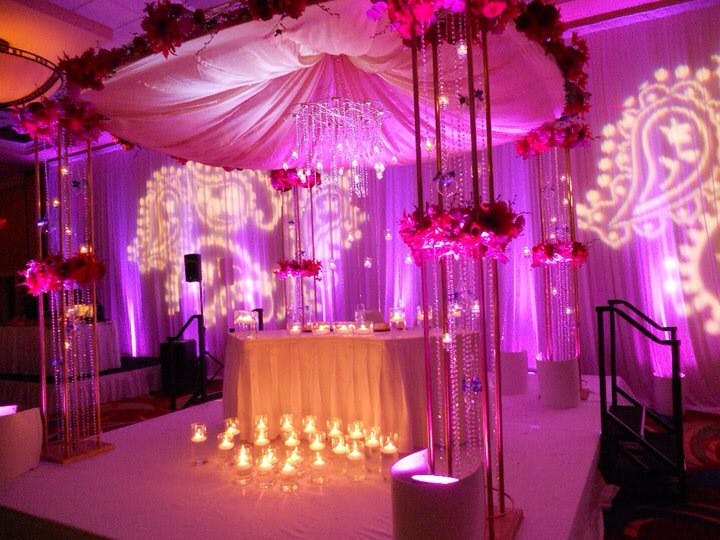
Do you understand the hype about big, fat Indian weddings? Great! Now you’ll be able to stay awake during a conversation about weddings with your Indian friends, or maybe even pretend like you’ve been to one!



